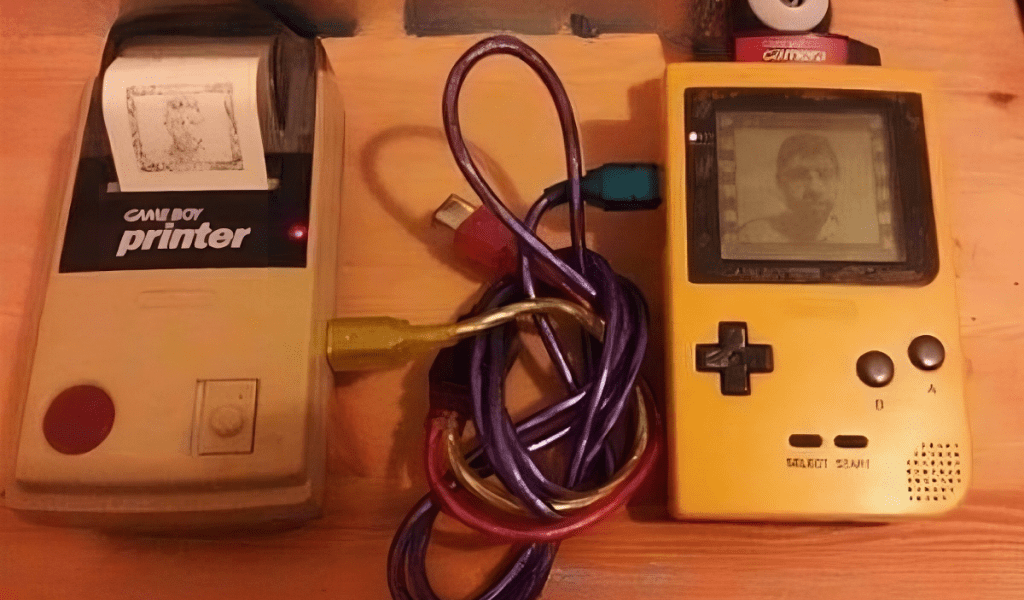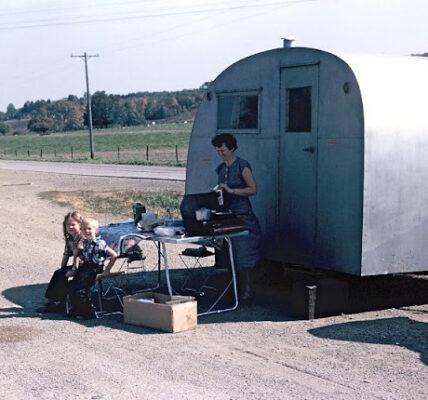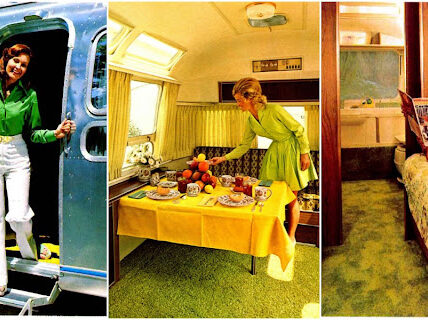The Nintendo Game Boy, introduced in 1989, wasn’t just a gaming marvel—it was a revolution in portable entertainment. But Nintendo had bigger plans than just gaming, introducing two unique accessories in 1998: the Game Boy Camera and the Game Boy Printer. Together, these quirky add-ons transformed the Game Boy into an early handheld photography device, allowing users to capture and print photos long before digital cameras became common. Let’s dive into the history and impact of these iconic accessories and their role in pioneering early digital photography.
The Game Boy: Redefining Portable Gaming
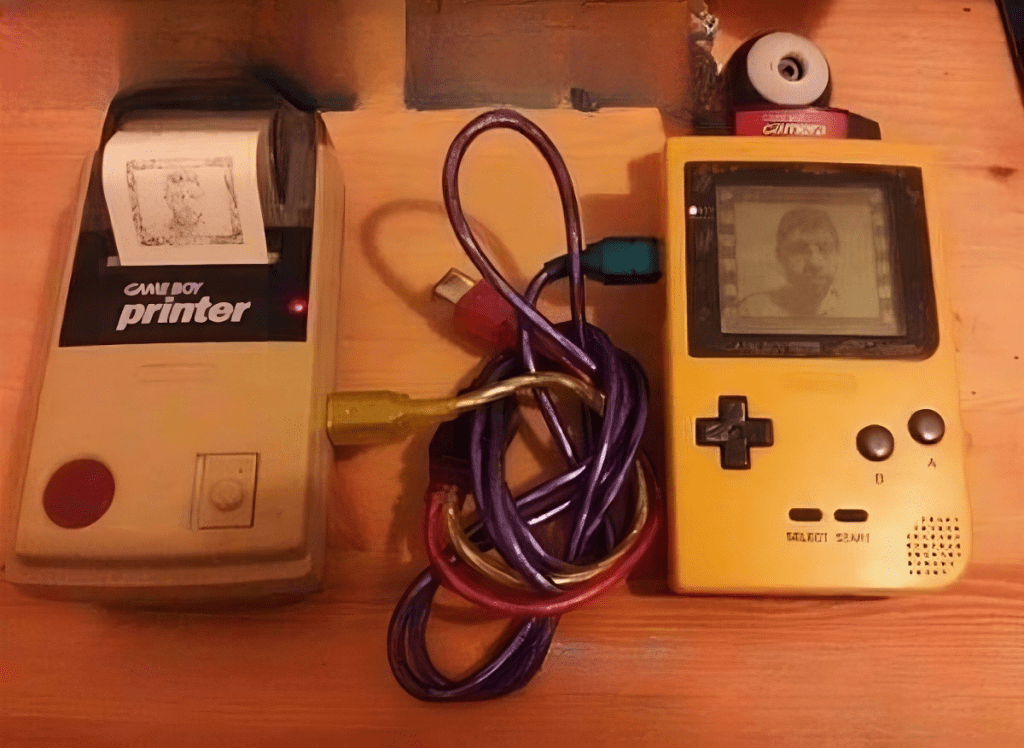
Launched in April 1989 in Japan and shortly after in North America, the Game Boy was envisioned as a portable, cartridge-based gaming system, developed by the team behind Nintendo’s successful Game & Watch series. With its modest 8-bit processing power and a starting price of $89.99, the Game Boy became a global sensation. By 2003, Nintendo had sold over 118 million units of the original Game Boy and the Game Boy Color combined, securing its place as a leader in the handheld gaming market. While Tetris was the game that truly put the Game Boy on the map, Nintendo’s willingness to experiment extended its influence beyond gaming.
The Game Boy Camera: The World’s First Handheld Camera for a Console
Released in 1998, the Game Boy Camera was among the first digital cameras available to the public, cleverly designed as a cartridge that fit into the Game Boy. With a swiveling 180-degree camera, users could take both front-facing and rear-facing photos, capturing grainy, grayscale images that embodied the tech aesthetic of the late ’90s.
In Japan, Nintendo took the Game Boy Camera a step further, allowing users to connect it to the Nintendo 64’s Mario Artist software to edit and transform their photos. This feature allowed players to blend digital art with gaming in a way that hinted at the future of social gaming and digital customization, laying the groundwork for multimedia experiences in the gaming world.
Mini Games Built into the Game Boy Camera
True to Nintendo’s style, the Game Boy Camera was more than just a simple camera. It included several mini-games, such as Space Fever II and Ball, which added a layer of entertainment beyond photography. This combination of games and photos made the Game Boy Camera an innovative, multifunctional accessory that captured the imaginations of users of all ages. Even today, fans remember the Game Boy Camera for its unique combination of photography and simple gaming, creating an experience that blended art and play in a memorable way.
The Game Boy Printer: Bringing Photos to Life as Stickers
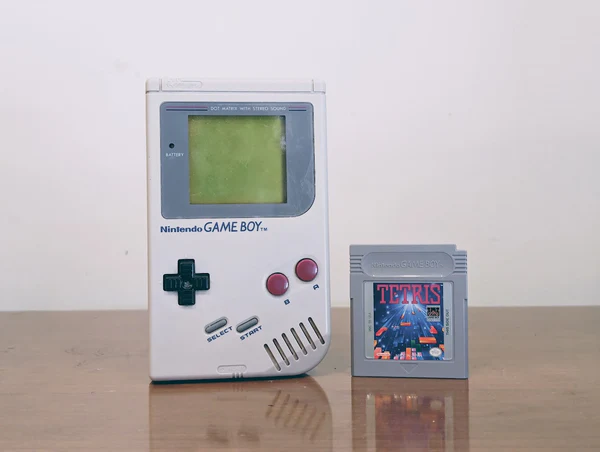
Nintendo didn’t stop at just letting users take photos—they wanted to let them print them, too. Enter the Game Boy Printer, released alongside the camera in 1998. Also called the “Pocket Printer,” it used thermal paper to print grayscale photos that could be peeled off and used as stickers. With colors like blue, cream, and white, these printed stickers became collectibles for fans.
The printer required proprietary 38mm thermal paper, making it a distinctive and unique piece of hardware. In Japan, Nintendo even released a yellow, Pokémon-themed Game Boy Printer, adding to the culture of collectibles Nintendo fans loved. Unfortunately, finding functional printer paper today is challenging, as the adhesive backing often deteriorates with age.
Why the Game Boy Camera Was Ahead of Its Time
Long before selfies became a social media trend, the Game Boy Camera allowed users to take photos of themselves with its rotating 180-degree lens. This feature anticipated the now-standard front-facing cameras on mobile devices. Despite its limited 128×112-pixel resolution, the Game Boy Camera offered a taste of digital photography, capturing memories with a charm that has stood the test of time. Its Guinness World Record title as the smallest digital camera in 1999 underscores the innovation Nintendo achieved with this pocket-sized device.
The Retro Charm and Limitations of the Game Boy Printer
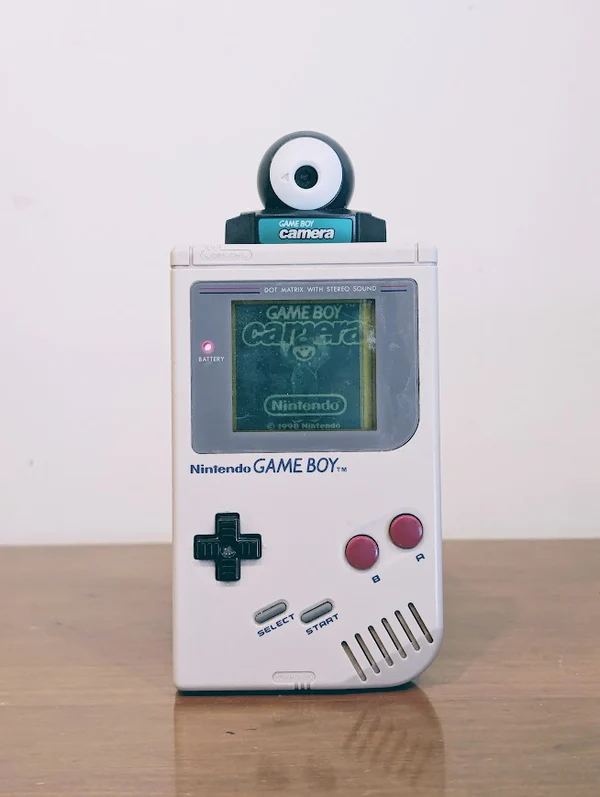
The Game Boy Printer was innovative yet quirky, adding an immediate, tangible element to digital images. Using the thermal printer wasn’t always easy; the special paper wasn’t widely available, and the adhesive often degraded, making long-term storage a challenge. Still, for many, the thrill of taking a photo and instantly printing it as a sticker was an experience like no other.
This process offered a rare and tactile connection between digital and physical memories, creating a magical moment for users. The Game Boy Printer provided a unique way for players to create keepsakes from their Game Boy adventures, and in many ways, it set the stage for instant photo technology that has become popular again in recent years.
The Lasting Legacy of the Game Boy Camera and Printer
Despite their technological limitations, the Game Boy Camera and Printer left a lasting impact on digital photography and gaming culture. These accessories encouraged users to experiment and create, offering a DIY experience that laid the foundation for the “sharing” culture we see today in social media. The Game Boy Camera, in particular, has become a beloved symbol of early digital photography, inspiring artists, digital filters, and recreations in modern photography apps.
Today, enthusiasts seek out functional Game Boy Printers and vintage rolls of thermal paper, sharing their prints on social media as a blend of retro tech and modern creativity. This revival showcases how the playful spirit of the Game Boy Camera continues to resonate, connecting nostalgia with contemporary digital culture.
Conclusion: The Timeless Appeal of Nintendo’s Quirky Photography Accessories
The Game Boy Camera and Printer may seem simple by today’s standards, but they represent a pivotal moment in gaming and tech history. Nintendo’s approach blended creativity and play, allowing users to capture and print their memories long before digital cameras became common. These accessories stand as beloved artifacts of a time when gaming and creativity intertwined in unexpected ways. Whether as cherished collectibles or sources of retro inspiration, the Game Boy Camera and Printer remind us of the joy of capturing moments—even in pixelated black and white.
